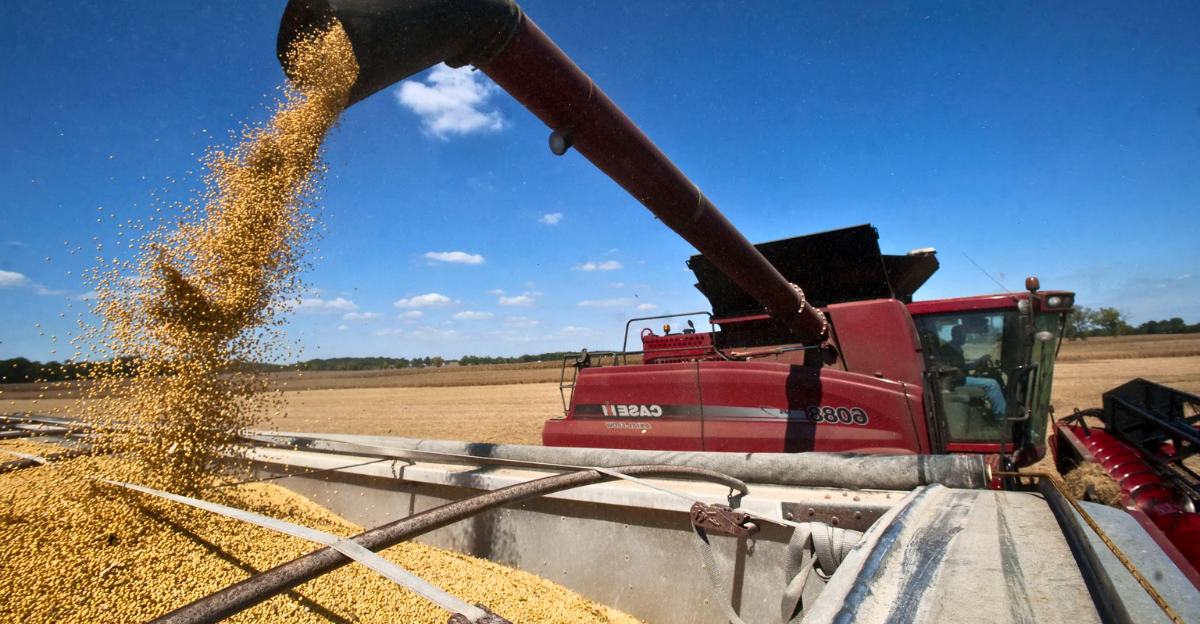
Argentina’s recent soybean harvest set records. The Buenos Aires Grain Exchange reported a final crop of about 50.3 million tonnes in 2025, a 15% increase over the average of the past five seasons.
Exceptional yields (~29.7 60-kg sacks per hectare) have flooded global markets with Argentine beans. This surge positions Argentina as an alternative to traditional exporters, drawing buyers who need a dependable supply amid U.S.–China trade tensions.
For context, Argentina is one of the world’s largest soybean exporters, so these volumes have an oversized global impact.
Crisis Escalates
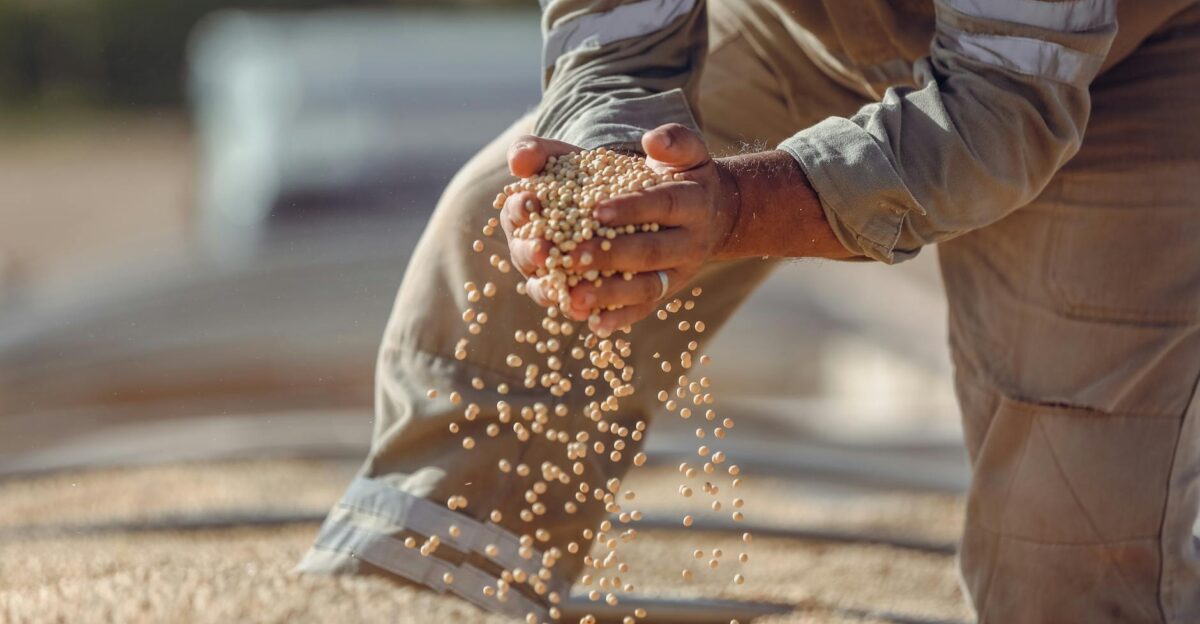
U.S. soybean farmers are reeling. In North Dakota, ASA Chairman Josh Gackle estimates losses of $100–$150 per acre, adding up to over $400,000 on an average 2,300-acre farm this year. Such losses come amid already-tight margins and rising input costs.
Industry groups warn of a rural crisis: the American Farm Bureau reported a 55% jump in farm bankruptcies in 2024. Producers say they have never seen anything like it.
With little profit left, many are now questioning how much longer they can sustain these operations.
Historical Context

China’s domination of the soybean trade is unprecedented. Over the past five years, China has imported about 61% of the world’s traded soybeans by volume, far more than any other country.
Historically, U.S. farmers shipped large shares of their crop to China, but that picture has flipped. In early 2025, as U.S. sales stalled, China booked a record 2.474 billion bushels from Brazil (roughly 76% of Brazil’s exports through August).
Long-standing trading patterns have reversed: South America is filling the demand that U.S. growers once met. Economists say this is a dramatic reshuffling of global market share.
Regional Expansion
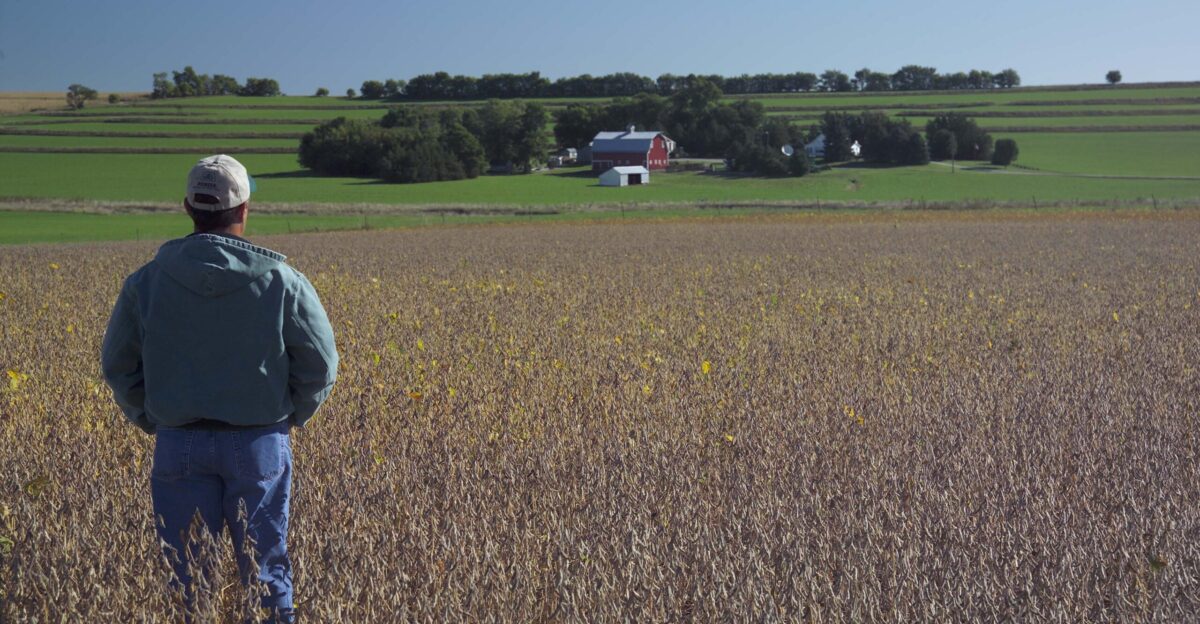
South America is aggressively expanding production. Brazil’s soybean crop has risen by roughly 40% since 2017 – from about 4.5 to 6.3 billion bushels in 2024/25 – due to more acres and high yields. Argentinian growers have similarly boosted plantings, taking soybean area from ~15.9 million to over 17.1 million hectares in recent seasons.
These trends mean Argentina and Brazil can target export markets en masse.
The bigger harvests and planted areas signal sustained pressure on U.S. market share: more South American acreage translates directly into more exportable beans vying for global buyers.
Turning Point
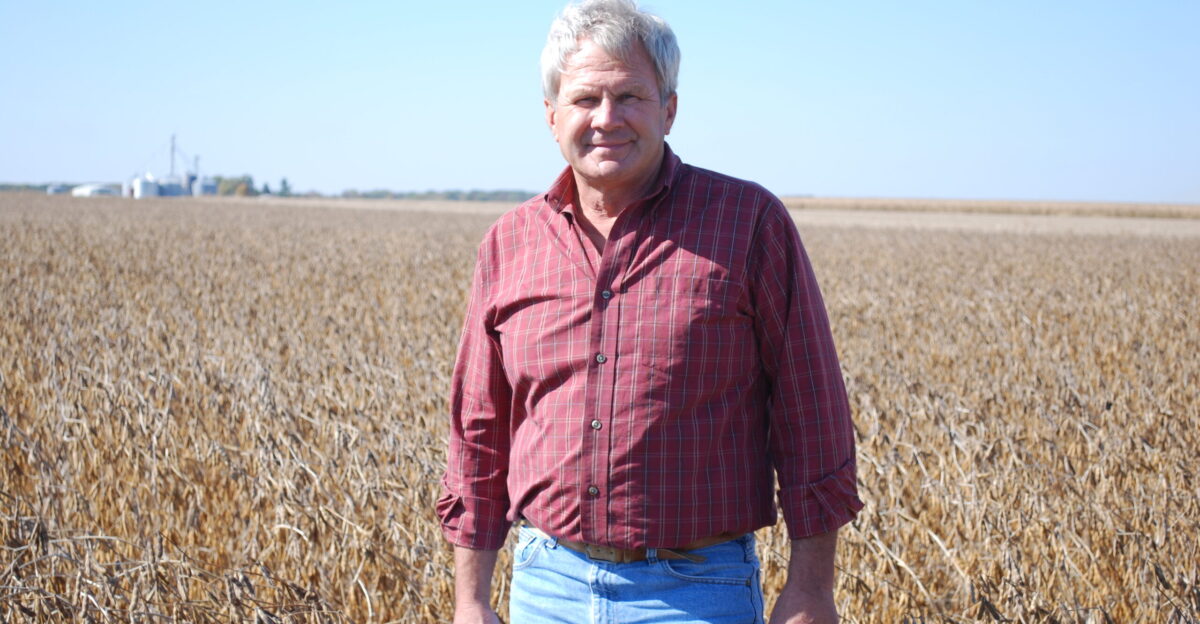
Last week’s news brought the turning point. On Sept. 23, China’s buyers scrambled for Argentine soybeans after Buenos Aires abruptly suspended its 26% export tax on raw soy. Reports indicate at least 10–15 Panamax cargoes (650–975 thousand tons) were booked for November delivery, at premiums of $2.15–$2.30 per bushel over Chicago futures.
This move stunned U.S. farmers. One trader remarked: “These deals were done last night after Argentina’s decision… It clearly means that China doesn’t need U.S. beans”.
The development immediately undercut American growers and underscored how quickly trade flows can change.
Regional Impact
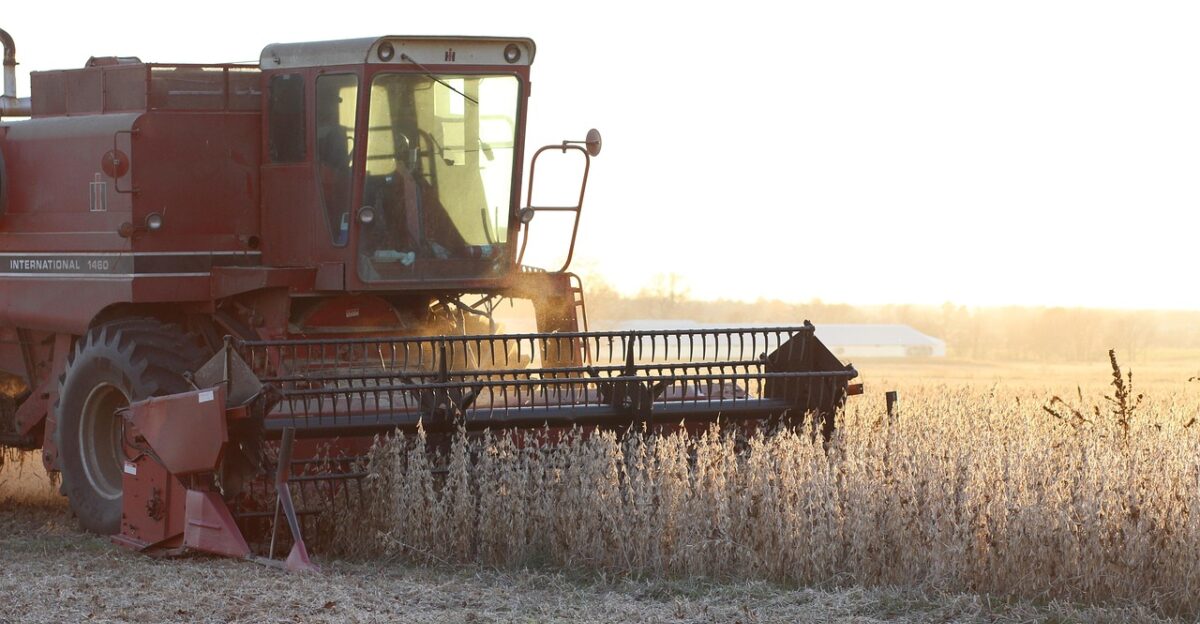
In the U.S. Midwest, fallout was immediate. North Dakota – which typically shipped heavy volumes to China – saw prices plunge. As Josh Gackle noted, state elevators are rapidly filling, with storage “all feeling the hurt” as farmers scramble to stash beans meant for Asian markets.
With few buyers, farms face a tough problem: overflowing storage. Grain terminals from Minnesota to Ohio report near-capacity, turning this harvest into a tough logistical slog.
Farmers must now choose between selling at steep losses or paying to store soy, straining rural economies.
Human Stories
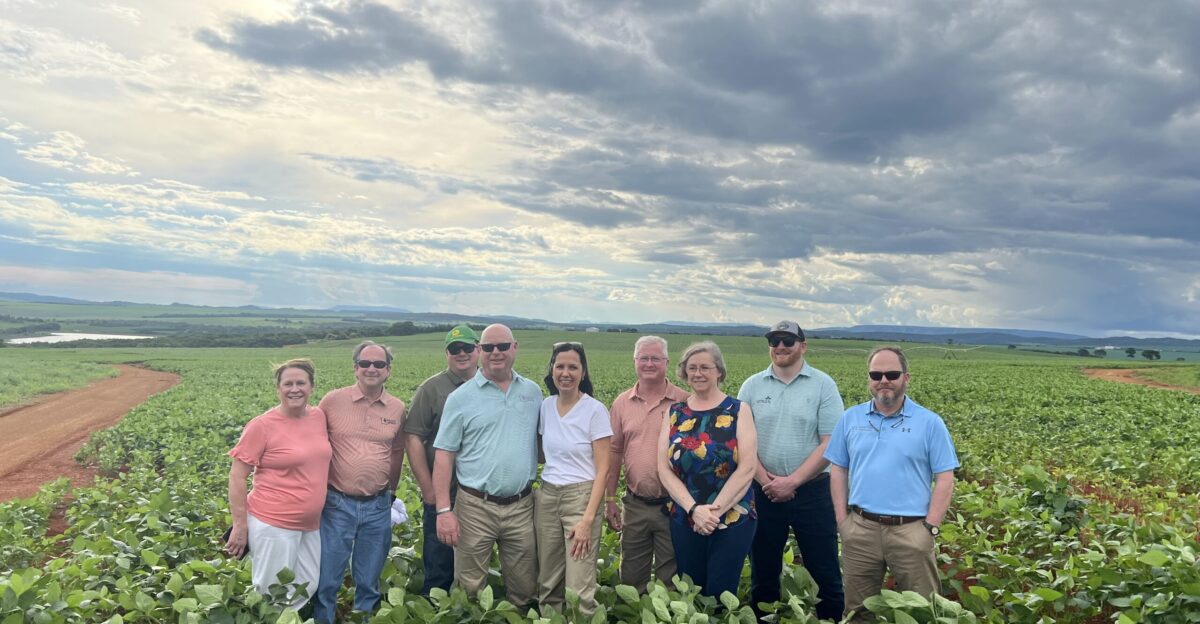
Farmers themselves express growing desperation. Indiana soybean grower Brian Warpup told CNN: “With harvest here, patience may be running thin” as prices fall under Chinese pressure.
In Iowa, ASA chair Josh Gackle says, “we as U.S. farmers are being caught up in a larger geopolitical discussion”. Farther south, Kentucky farmer Caleb Ragland – also American Soybean Association president – warns that without a trade deal, producers are “left watching key opportunities slip away”.
Their comments underscore how quickly anxiety has spread on the ground, from fields to farmers’ kitchen tables.
Market Reaction

Markets reacted violently. In Asia, China’s Dalian futures markets tumbled – both soymeal and soyoil contracts dropped about 3.5% – after Argentina’s announcement. Chicago soy futures likewise hit multi-week lows as traders anticipated a flood of South American supply.
Meanwhile, Brazilian export prices stayed unusually high: Fastmarkets reports premiums around $2.00 per bushel over Chicago.
This unusual strength reflects tightened global supplies – Chinese demand and Brazil’s own biofuel mandates are soaking up South American beans. All told, commodity markets are now bracing for further swings.
Global Trends

Underlying trends are reshaping global supply. In Brazil, an August 2025 law raised the mandatory biodiesel blend from 14% to 15% (B15), squeezing an extra 700,000 tonnes of soybean oil into domestic biofuel production.
That built-in demand means less oil available for export. Meanwhile in China, expensive Brazilian beans and weak domestic demand have pinched profits: crush margins in Rizhao (China’s biggest oilseed hub) turned negative in late September.
Together, these policy changes and demand pressures are tightening supplies globally, sustaining high premiums despite ample harvests.
Emergency Tax Break

President Milei’s decree was the mini-nugget. Argentina’s government announced on Sept. 22 a temporary freeze on soybean (and other grain) export taxes, lasting through Oct. 31 or until $7 billion of shipments move.
This scrapped the usual 26% levy overnight, instantly making Argentine beans cheaper than Brazil’s. Critics warned of a glut: one federation official said it was “clear… this is an emergency measure” and could flood the market.
Buenos Aires made its beans immediately competitive, demonstrating the power of agricultural policy to alter trade flows.
Industry Frustration

The psychological toll on farmers became hard to ignore. Farm leaders note that U.S. farmers already suffer elevated suicide rates, and fear the added stress of this crisis could worsen that trend.
Anxiety runs high in rural America: fields of unsold soy stand in sharp contrast to emptied wallets and worries about debt.
Grain elevators that usually hum with activity are eerily quiet. Many producers speak openly of frustration – one extension agent called it the darkest period he has seen in farming.
Leadership Changes

In response to these challenges, U.S. growers looked for new leadership. In December 2024, the American Soybean Association elected Iowa farmer Dave Walton as its secretary, tasking him to advocate for some 500,000 U.S. soybean producers.
Walton stresses he’ll be “bringing the voice of the Iowa farmer to the national stage”, speaking for growers struggling through the trade chaos.
His election underscores farmers’ hope that experience and unity can help navigate this crisis. Walton joins other agricultural leaders in pushing Washington for relief and market solutions.
Recovery Efforts

Walton’s agenda underscores where American soy sees opportunity. He told colleagues his top priorities include pesticide rules, EPA herbicide regulations, and especially biofuels policy.
The ASA is pushing to make U.S. beans “the preferred feedstock suppliers” for renewable fuels.
This means pressing for strong domestic mandates (using new biofuel tax credits) to soak up soybean oil. By pivoting toward the biofuel sector, U.S. farmers aim to build a profitable home market. For example, many are pressing to boost the Renewable Fuel Standard to ensure U.S. soy is used in biofuels.
Expert Outlook
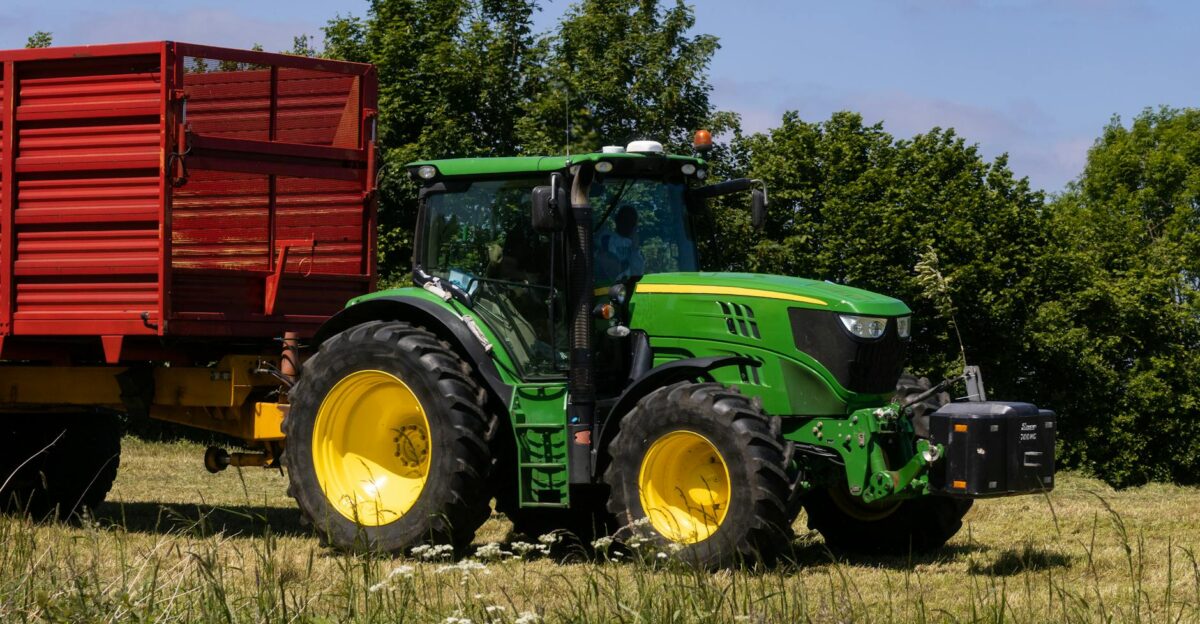
Looking ahead, experts see only conditional relief. Johnny Xiang of AgRadar notes that if Washington and Beijing cut a deal, Chinese buyers “could resume U.S. purchases for the fourth quarter, as prices are favorable without tariffs”.
That scenario would certainly help. But absent any agreement, China has already filled gaps from South America – recent data show it booked roughly 15% of its November needs from Brazil ahead of the U.S. harvest.
U.S. farmers may have to sell this year’s soy at distressed prices unless new buyers emerge.
Future Questions
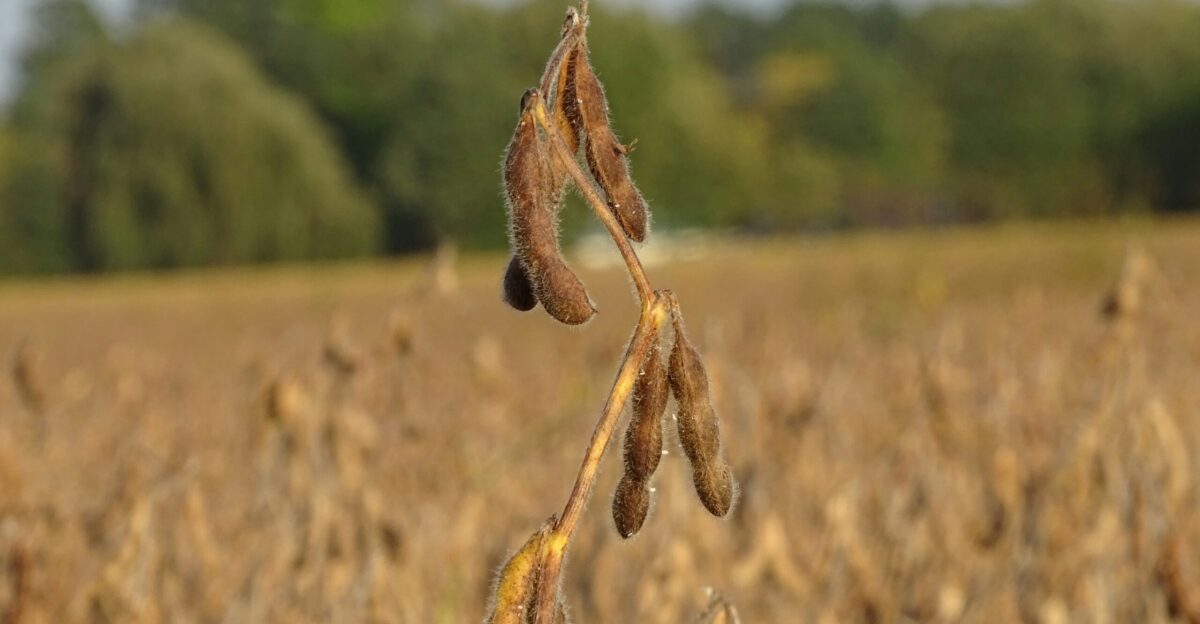
As the U.S. corn and soybean harvest ramps up, farmers face tough marketing decisions. Storage bins are filling fast, and many must decide whether to sell crops at historically low prices or pay to store them.
Argentine beans now compete head-to-head with U.S. supplies. AgroLatam reports Argentina is “poised to capture more of the Chinese market”.
Without a trade deal, analysts warn the U.S. risks a long-term loss of market share and diminished pricing power. Even if relations thaw, it’s unclear if U.S. growers can easily regain markets lost this season.
Policy Implications

Observers note a broader pattern: Latin American governments are using trade policy to muscle into U.S. markets. By swiftly suspending export taxes, Argentina seized a short-term advantage and much-needed dollars.
This maneuver shows agriculture’s new role in geopolitics. Much like tariffs in 2018, export taxes are now strategic levers.
Economists say such moves have turned food commodities into another tool of statecraft, as nations vie to secure supplies and influence where those crops flow.
International Ripples

The global ripple effects are clear. China’s pivot to South America represents a fundamental shift: in 2024, Brazil supplied 71% of China’s soybean imports, up sharply from earlier years.
That dominance isn’t lost on trade negotiators: Latin exporters now enter talks (for example with the EU) from a position of strength.
At the same time, South American soy’s growing share challenges decades of U.S. supremacy in Asia. The new alignment suggests Mercosur countries will deepen ties with China and each other, reshaping agricultural trade networks.
Environmental Angle

Not all growth has come at the expense of forests. Brazil’s farmers are increasingly planting on pastureland. Embrapa, Brazil’s agricultural research agency, estimates roughly 28 million hectares of degraded pasture could be converted to cropland without touching native forest.
This strategy, driven by high yields and biofuel demand, turns old pastures in the Cerrado into productive fields.
Observers say this approach boosts output sustainably, meeting demand without new Amazon deforestation. Over time, it may reshape global land use by focusing expansion on former pasture.
Cultural Shift
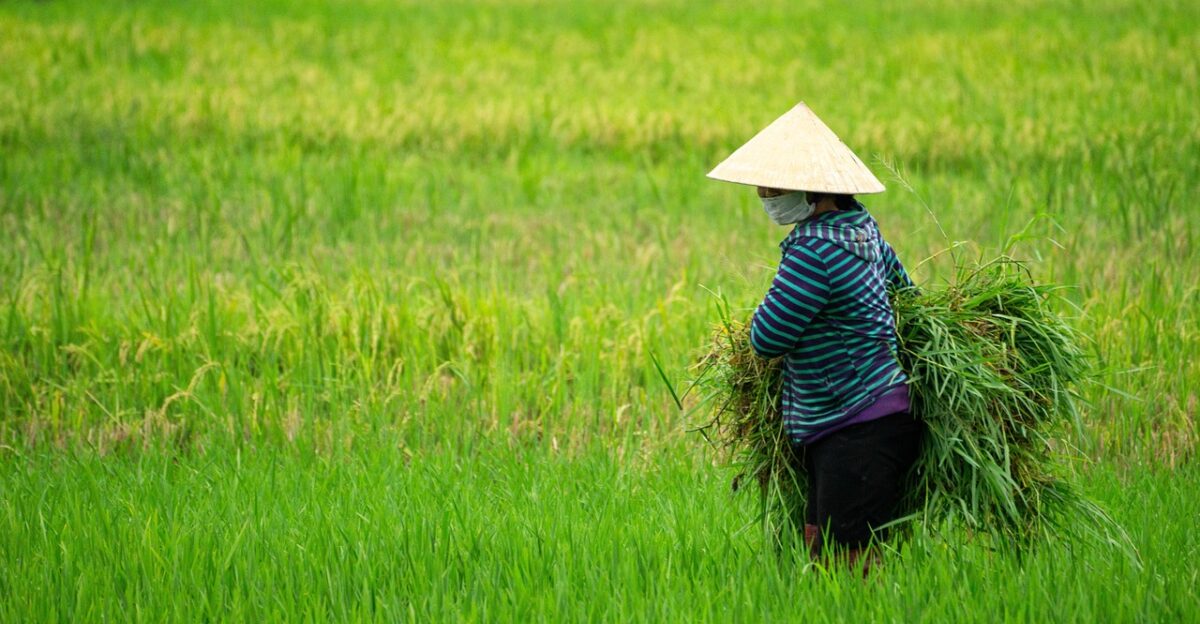
This crisis has unsettled America’s farming culture. Farmers who prize self-reliance are now reluctantly eyeing government support. Ohio grower and GOP activist Chris Gibbs put it bluntly: “The worst thing they want is to come to the government for a bailout.
Yet here we are again”. His comment – echoed by many – reveals a cultural clash: proud independence is colliding with repeated calls for federal aid.
That tension underscores the social cost of the trade war: it forces a generation of ranchers and farmers to reconsider deeply held values.
Broader Reflection
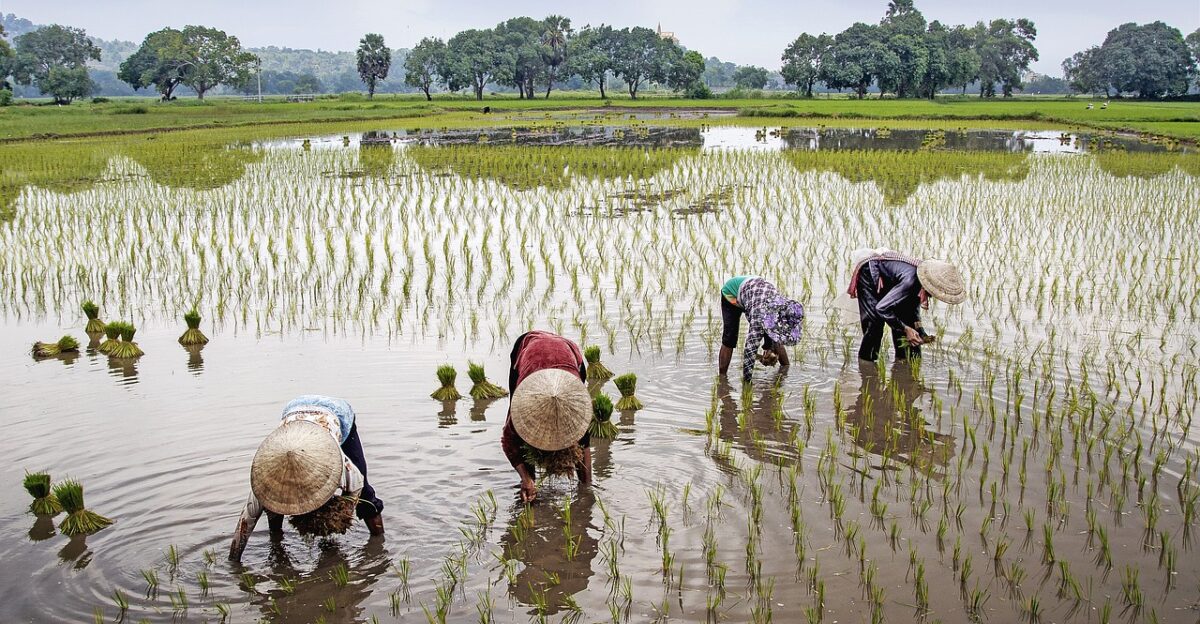
Argentina’s move in September made one thing clear: agricultural policy is a strategic weapon. Buenos Aires’ export-tax suspension instantly undercut global prices and prompted Chinese importers to shift sourcing.
As Reuters notes, local crushers see the cut as an open invitation: it “encourages China to take Argentina’s soy”. The speed of China’s response shows that food security – not just economics – now drives major buying decisions.
Decades of stable grain trade routes can be rewritten overnight when nations use farm policies to pursue strategic goals.